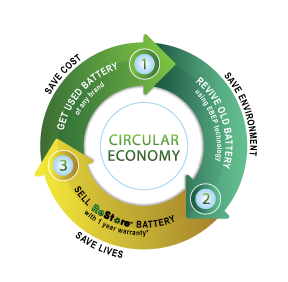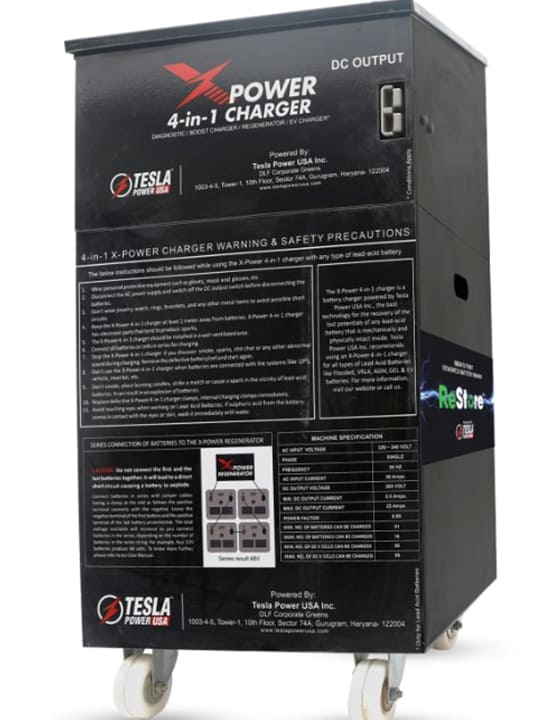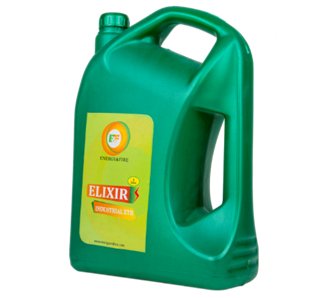In today's fast-paced and technology-driven world, the use of batteries has become an integral part of our daily lives. From powering our smartphones and laptops to operating electric vehicles, batteries play a crucial role in the functioning of various devices. However, as with any electronic device, batteries have a limited lifespan and eventually need to be replaced. This has led to a growing concern over the environmental impact of battery waste. In the face of this challenge, refurbishing batteries has emerged as a sustainable solution that contributes to a circular economy and helps in saving the environment.
The concept of a circular economy is based on the idea of keeping resources in use for as long as possible. Instead of the traditional linear economy model where resources are extracted, used, and then disposed of, the circular economy promotes a more sustainable approach by focusing on reusing, recycling, and refurbishing products. Refurbishing a battery involves repairing and repurposing it to extend its lifespan, reducing the demand for new battery production.
One of the key advantages of refurbishing batteries is the e-waste reduction that goes to landfills. E-waste is a growing environmental concern as discarded electronic devices often contain hazardous materials that can leach into soil and water, causing harm to both humans and the ecosystem. By refurbishing batteries, we not only prevent them from ending up in landfills but also reduce the need for mining and production of raw materials required for new batteries. This directly reduces greenhouse gas emissions and conserves natural resources, contributing to a more sustainable and environmentally friendly approach.
Moreover, refurbishing batteries offers a cost-effective alternative to buying new batteries. The cost of producing new batteries is high in terms of both monetary and environmental resources. On the other hand, refurbishing batteries requires fewer resources and energy, resulting in significant cost savings. This makes refurbished batteries more affordable for consumers and businesses alike, leading to increased adoption and further reducing the demand for new battery production.
Furthermore, refurbishing batteries creates new job opportunities and boosts the economy. The process of refurbishment requires skilled technicians who can diagnose and repair battery issues, as well as knowledgeable professionals who can handle the logistics of collection, testing, and distribution. These skilled jobs not only contribute to economic growth but also foster innovation and development in the field of battery technology.
To ensure the success of a circular economy model for batteries, it is essential to have appropriate policies and regulations in place. Governments and environmental organizations should promote and support initiatives that encourage the refurbishment of batteries. This can be done through tax incentives, grants, and subsidies for companies and individuals engaged in refurbishing battery technology. Additionally, educating consumers about the benefits of refurbished batteries and their role in reducing e-waste is crucial to driving the demand for such products.
However, it is worth mentioning that not all batteries can be refurbished due to their design or the extent of damage. In such cases, recycling should be the preferred option to extract valuable materials from the batteries while minimizing the environmental impact. Recycling should follow proper protocols and ensure that hazardous materials are handled safely and efficiently.






